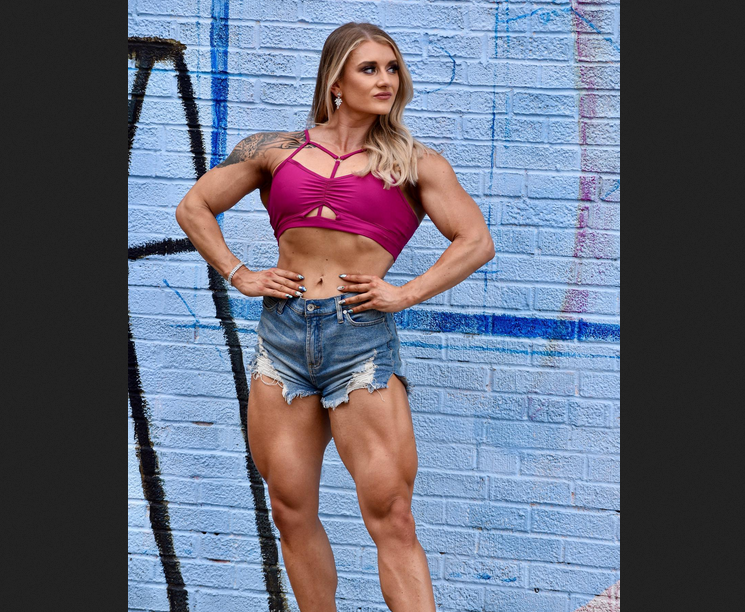In the world of fitness, half-truths can be dangerous to your health and wellbeing. When you follow these fitness myths, there's an all-too real possibility that you could injure yourself. Thus, it's important to be able to determine which exercise tip you hear is true and which ones aren't. Here are the most common half-truths that you should be wary about:
Myth No.1: Crunches will get rid of belly fat.
This is the most common myth that has long been debunked, but surprisingly keeps on making a comeback. It just doesn't die! Spot-reduction is a myth because you can't choose areas of your body in which to zap away fat. If you want to get rid of belly fat, you have to reduce your overall body fat through cardiovascular exercise. Once you've already rid yourself of excess pounds, you can tone your ab muscles through various strength training exercises. But crunches alone won't do a thing to rid you of that bulging midsection.
Myth No. 2: If you don't sweat, you're not working hard enough.
Breaking up a sweat isn't a good indicator of the efficacy of your workout. You sweat because your body needs to cool itself. You can derive benefits from exercises that don't really make you sweat. An easy walk, light weight-training exercise or some stretching activities do not make you sweat but can do wonders for your overall health and fitness.
Myth No. 3: If you don't feel sore, you're not working hard enough.
This is similar to the second fitness myth. Like sweat, some fitness buffs equate the muscle soreness they feel after a workout as a determinant to its success. While muscular discomfort is common after an exercise regimen, feeling it for days after a workout means that something is wrong with how you are conducting your exercise. Since tears in the muscle fibers are the cause of soreness, you are probably overtraining and putting yourself at a risk for injury. In weight training, especially, you have to allow your muscles time to rest and recover so it can grow. Soreness can be prevented if you do warm up stretches before the main workout itself. If you feel sore after an exercise, rest for a day and do the same exercise afterwards at a lower intensity. If the discomfort still persists, ask an expert to see if something is wrong with your technique or form while doing an exercise. Pain while doing a routine, on the other hand, necessitates that you stop an exercise and see your doctor.
Myth No. 4: Weight training makes women bulky.
This is what scares women away from training with those dumbbells. The truth of the matter is, women don't have the testosterone levels that could make them bulk up when they do train with weights. Moreover, it takes years of regular weight training with very heavy weights for bodybuilders to bulk up the way we see them in Mr. Universe titles.
Myth No. 5: If you can't do a full workout, you might as well not exercise.
This is the fitness myth that lazy individuals would like to consider as gospel truth. Experts will tell you that some activity is better than no activity at all. You don't have to go to the gym to get the benefits of exercise. Dancing, running after your toddler, walking up and down the stairs-- all these will get your heart rate up and give you a host of other physical and psychological benefits.



































No comments:
Post a Comment